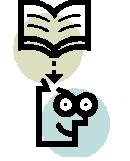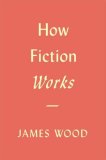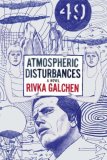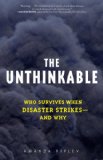books on cognition – 2008 (pt. 1)
July 19, 2008
Following up on recent posts listing books on “cognitive science” and “cognitive psychology” published in 2008, below is the first part of a list of books on “cognition,” based again on a search of Worldcat, so these are titles that have been selected by libraries.
Animal Learning and Cognition, 3rd edition: An Introduction by John M Pearce (Hove: Psychology, 2008) textbook (“Search Inside” available at Amazon)
Cognition and Multi-Agent Interaction: From Cognitive Modeling to Social Simulation ed. by Ron Sun (Cambridge: Cambridge University Press, 2008)
Cognition and Sex Differences by Colin Hamilton (Basingstoke [England] ; New York: Palgrave Macmillan, 2008)
Cognitive Development: The Learning Brain by Usha Goswami (Hove, East Sussex; New York: Psychology Press, 2008) textbook
Computing the Mind: How the Mind Really Works by Shimon Edelman (Oxford; New York: Oxford University Press, 2008) forthcoming
Drawing and the Non-Verbal Mind: A Life-Span Perspective ed. by Christiane Lange-Küttner; Annie Vinter; (Cambridge; New York: Cambridge University Press, 2008) forthcoming (“Search Inside” available at Amazon)
Folk Psychological Narratives: The Sociocultural Basis of Understanding Reasons (Bradford Books) by Daniel D Hutto (Cambridge, Mass.: MIT Press, 2008) (“Search Inside” available at Amazon)
Hallucinations: The Science of Idiosyncratic Perception by André Aleman; Frank Larøi; (Washington, DC: American Psychological Association, 2008)
Handbook of Cognitive Aging: Interdisciplinary Perspectives ed. by Scott M Hofer; Duane F Alwin (Los Angeles: Sage Publications, 2008)
Handbook of Motivation and Cognition Across Cultures ed. by Richard M Sorrentino; Susumu Yamaguchi; (London: Academic, 2008)
How Infants Know Minds by Vasudevi Reddy (Cambridge, Mass.: Harvard University Press, 2008)
Marvelous Minds: The Discovery of What Children Know by Michael Siegal (Oxford; New York: Oxford University Press, 2008) (“Search Inside” available at Amazon, see also: author interview video)
Mental Processes in the Human Brain ed. by Jon Driver; Patrick Haggard; Tim Shallice (Oxford; New York: Oxford University Press, 2008) (“Search Inside” available at Amazon)
Mirrors in the Brain: How Our Minds Share Actions, Emotions, and Experience by Giacomo Rizzolatti; Corrado Sinigaglia (Oxford ; New York : Oxford University Press, 2008) (“Search Inside” available at Amazon)








